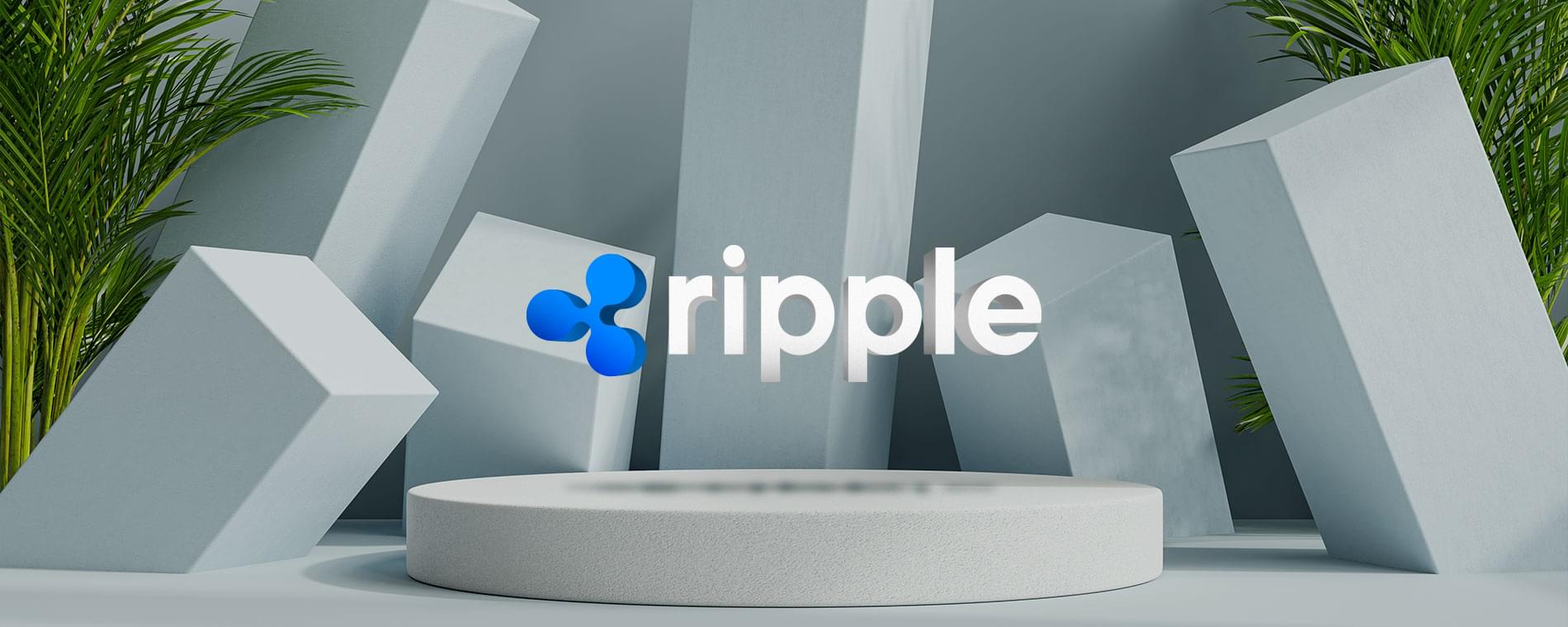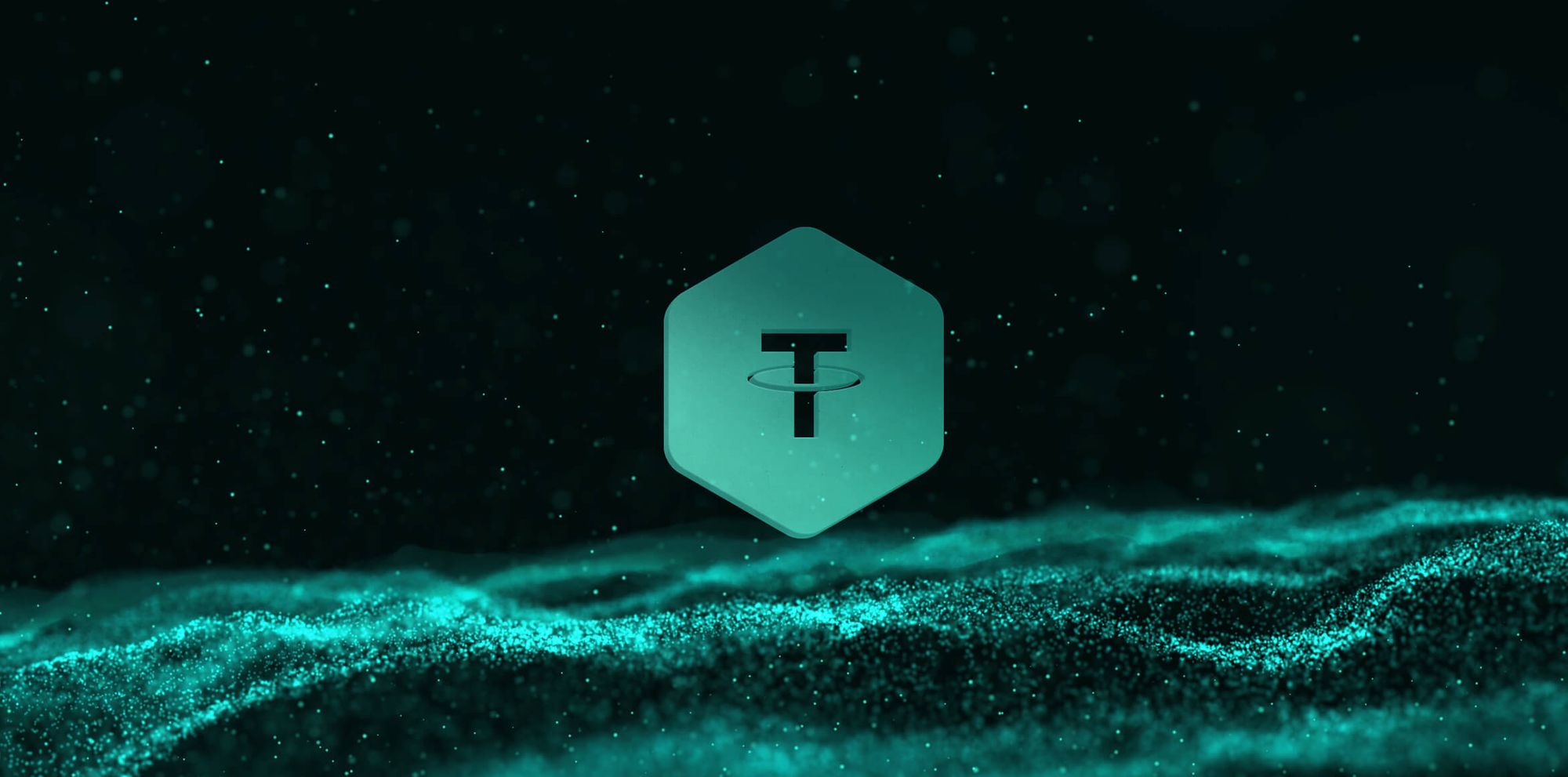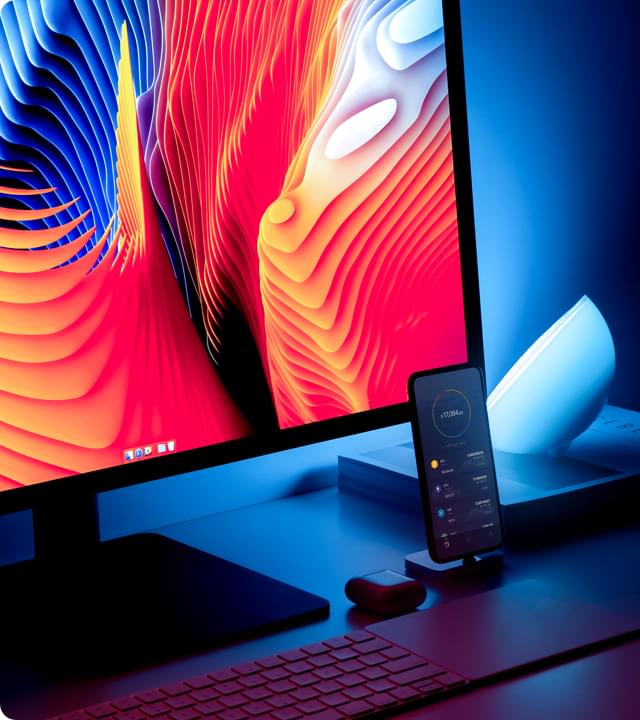Ripple released its Q2 markets report last week. The report demonstrates an increase in use of Ripple on-demand liquidity (ODL).
With the offering showing increasing evidence of real world adoption, lets consider what ODL is and how it works.
What is Ripple on-demand liquidity (ODL)?
Ripple on-demand liquidity helps customers to move money around the world without the need for correspondent banking relationships and the pre-funding of accounts abroad. The product aims to deliver payments that are seamless, real-time, and cost-effective.
The legacy payments infrastructure is a patchwork of centralized networks. It takes an average of 3-5 days to settle international transactions that involvie multiple parties.
The system is also prone to errors, with poor data flow between intermediaries. Payment processing costs are high and average between $25-$35 per payment.
The Ripple on-demand liquidity product aims to help network members in accessing a pool of ready-to-use money through digital assets. The costs of sourcing this liquidity is kept low because it happens only when there is demand.
This means that customers of the product - banks, payments providers and corporates - don’t need to keep expensive “nostro accounts” open in foreign countries.
How does Ripple on-demand liquidity work?
Ripple on-demand liquidity puts Ripple’s XRP token in the middle of cross-border payments rather than a myriad of intermediaries. Using the service, customers can tap into that XRP liquidity.
The XRP token itself acts as a bridge between two fiat currencies, ultimately settling payments in local currency at the payment destination. Transactions are confirmed within a matter of seconds.
Ripple has been gradually opening up ODL payment corridors between various regions. ODL corridors exist in Europe, Japan, the Philippines, Australia and 22 destination markets worldwide.
Product adoption
XRP token sales to ODL clients accounted for $409 million in Q2, a 50% increase by comparison with the previous quarter and a clear signal of real world adoption.
In May, Lithuania-based international money transfer firm Finci opted to use ODL to execute retail and business-to-business (B2B) settlements. Through the partnership, Finci’s customers will be able to make payments between Europe and Mexico without Finci having to pre-fund international accounts as required by the legacy system.
Earlier in the year, Asian payments hub Tranglo partnered with Ripple to enable the company’s ODL service across its payments corridors following a pilot deployment in 2021. Tranglo cited low cost and the ability to send payments without locking in funds as the benefits it is getting from the arrangement.
Ripple on-demand liquidity has also found a use case in making for more efficient treasury payments. Last week Ripple announced a partnership with Singapore-based FOMO Pay, who will use Ripple’s ODL product for treasury payments.
In the past, FOMO Pay treasury managers have had to use payment methods in Euro and USD that would take up to two days for funds to reach destination accounts. Using ODL, FOMO Pay can achieve more cost effective and instant settlement globally.
Although Ripple focuses on being a cryptocurrency and digital payment network, it has recently shown signs of additional capabilities. In July 2022, it emerged that blockchain development firm Peersyst Technology had used Ripple’s blockchain-based solution to store and authenticate property titles for Colombia’s national land registry agency. The first instance of that real world land registry use went live last week.
The network has also implemented changes to improve its capability to support NFTs at scale. This recent focus on NFTs has lead to a partnership with UK performance car maker, Lotus, which plans to launch an NFT collection on the XRP Ledger.
A Ripple blog post had more good news for XRP token holders: former CTO and co-founder Jed McCaleb has finally sold off all of his tokens. McCaleb owned 9% of total token supply at one stage and selling off the tokens would have had a downward pressure on token unit price.
Ripple has often been criticized for not having the same level of decentralization as cryptocurrencies like Bitcoin, and for previously distancing itself from its own XRP token.
Despite these concerns, nobody can deny that the token is finally seeing some real world use.
How to buy XRP
You can buy XRP and other cryptocurrencies in Exodus, in any way you prefer:
- You can buy XRP with Exodus using a credit / debit card, bank account, or Apple Pay or Google Pay
- Swap Bitcoin and other cryptocurrencies for XRP using the built-in swap app
This content is for informational purposes only and is not investment advice. You should consult a qualified licensed advisor before engaging in any transaction.





